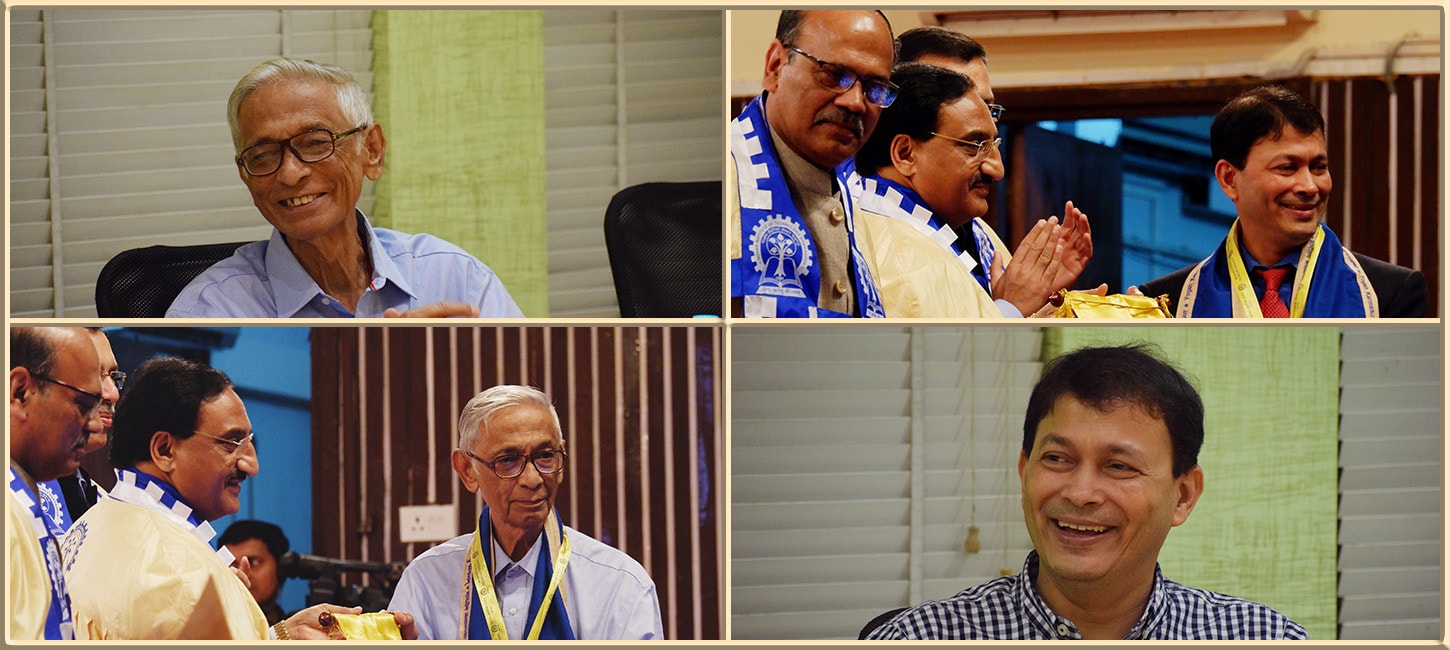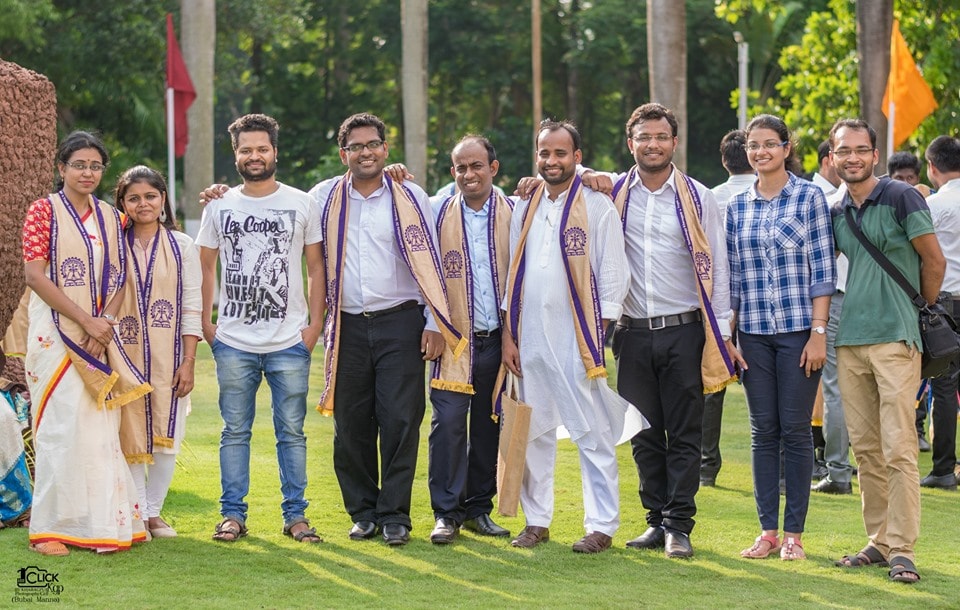
An evening to remember
You would have mistaken him for a student. Dark cropped hair, back-pack in place, an incredibly young-looking Debendra Das Sharma approached me for his interview at the Technology Guest House on the evening before the 65th Convocation. He was returning to the campus after more than two decades and was incredibly happy to be back. As Principal Engineer in Intel Corporation, Sharma has been leading the development of PCI Express since its inception two decades back through six generations of evolution of the technology. He has played a key role in evolving PCI Express as a ubiquitous I/O interconnect in…


